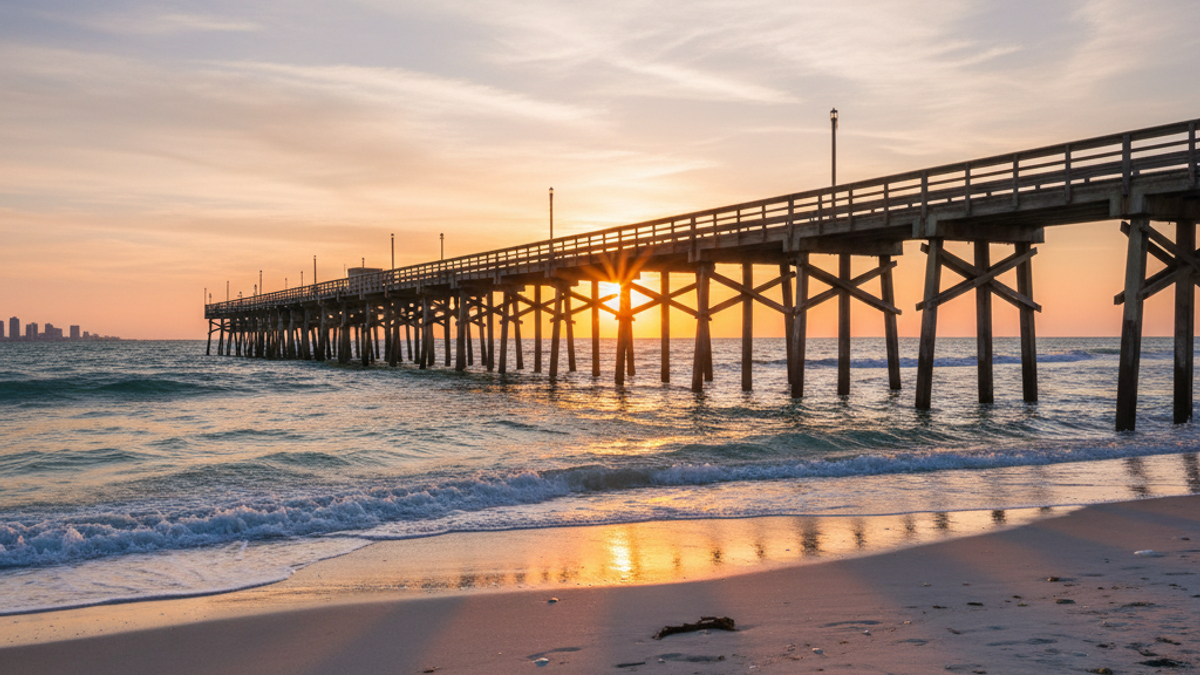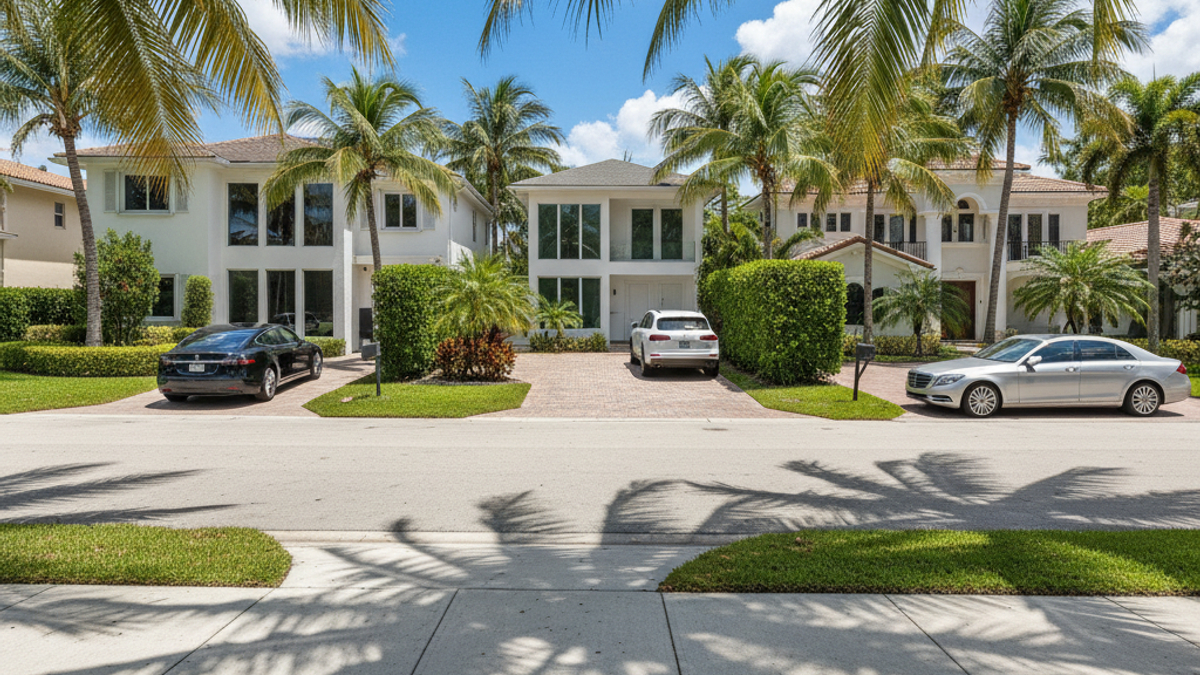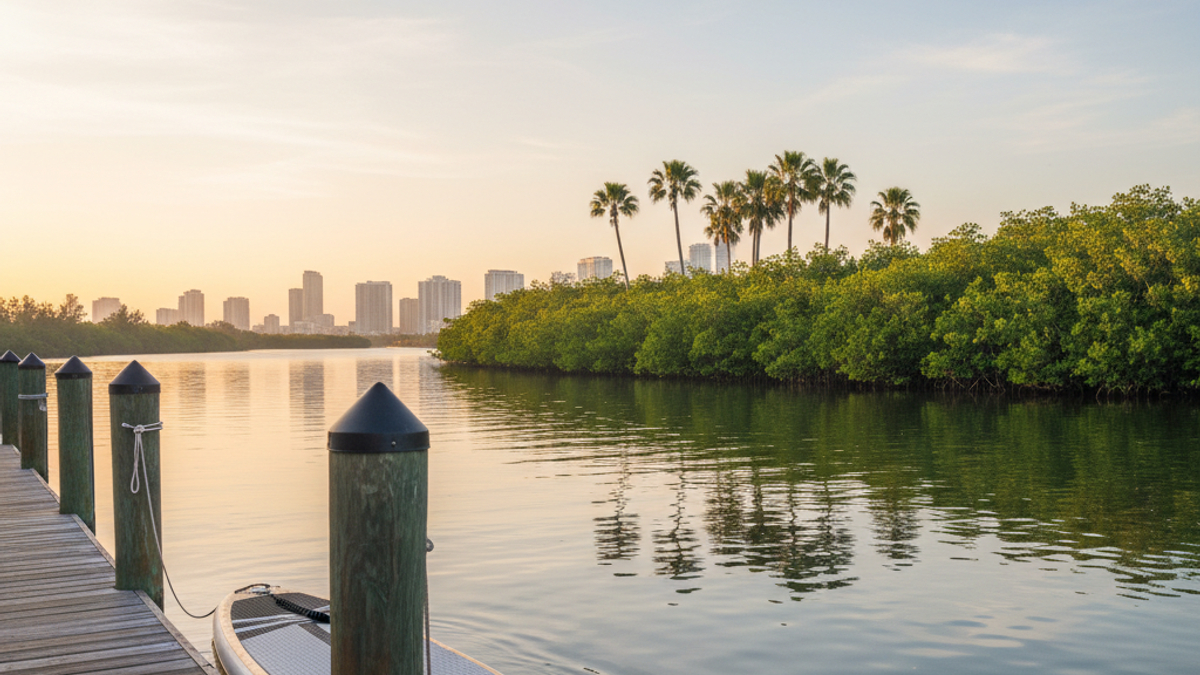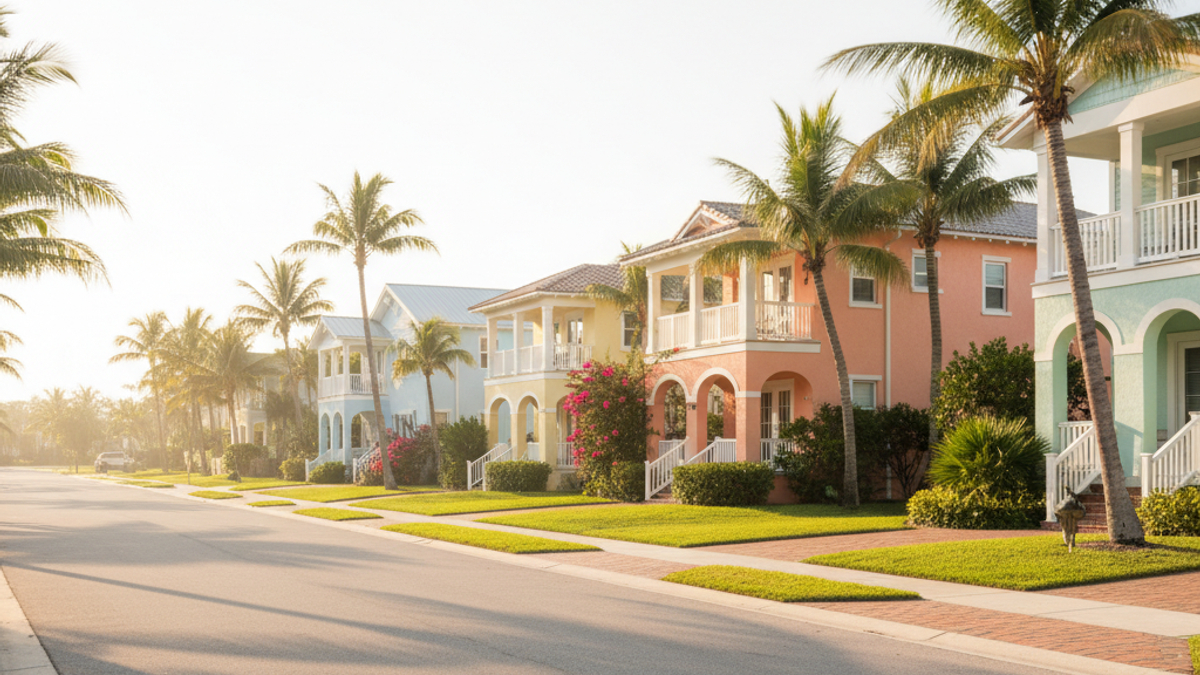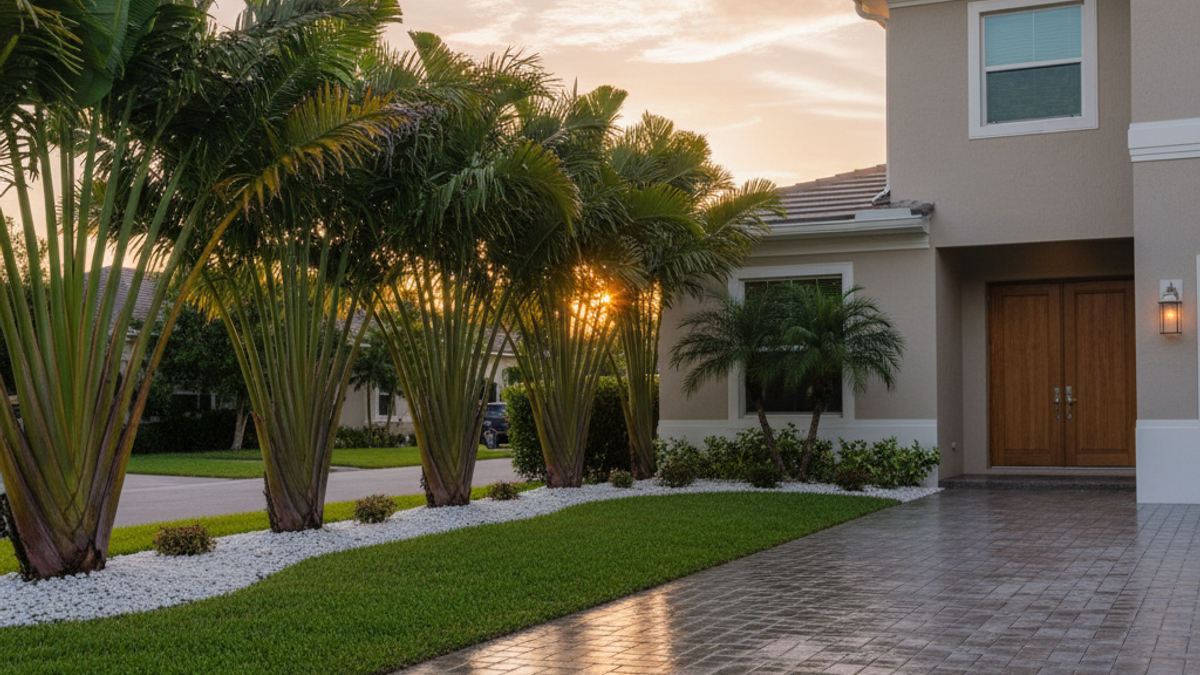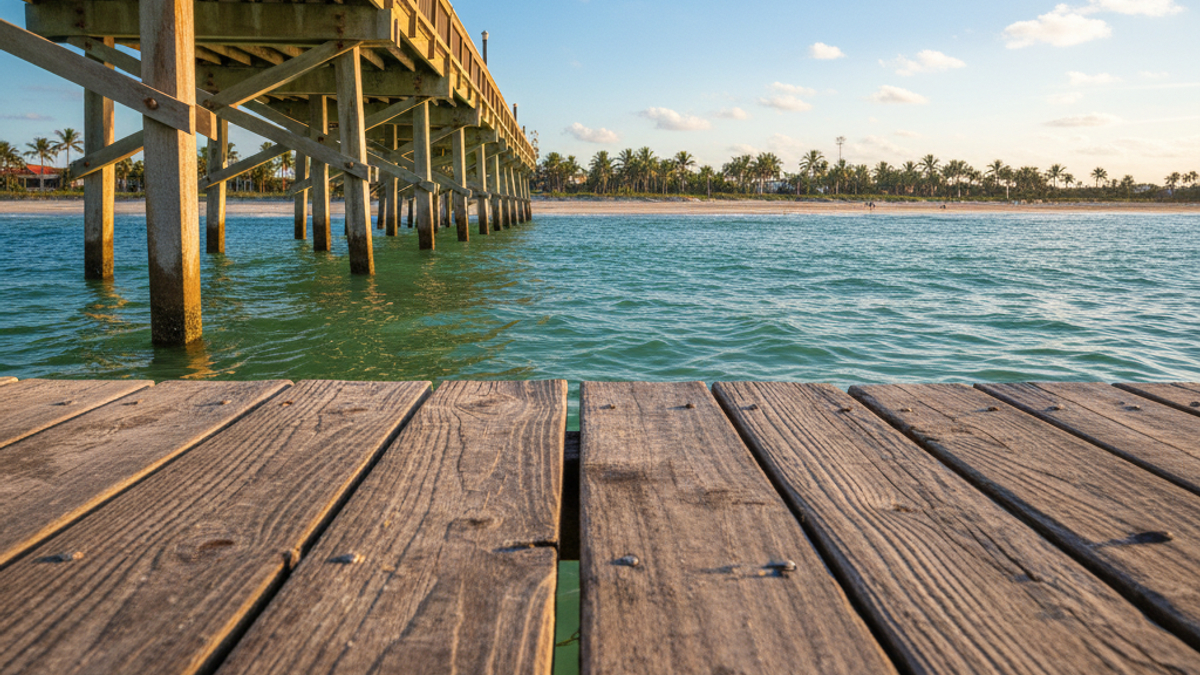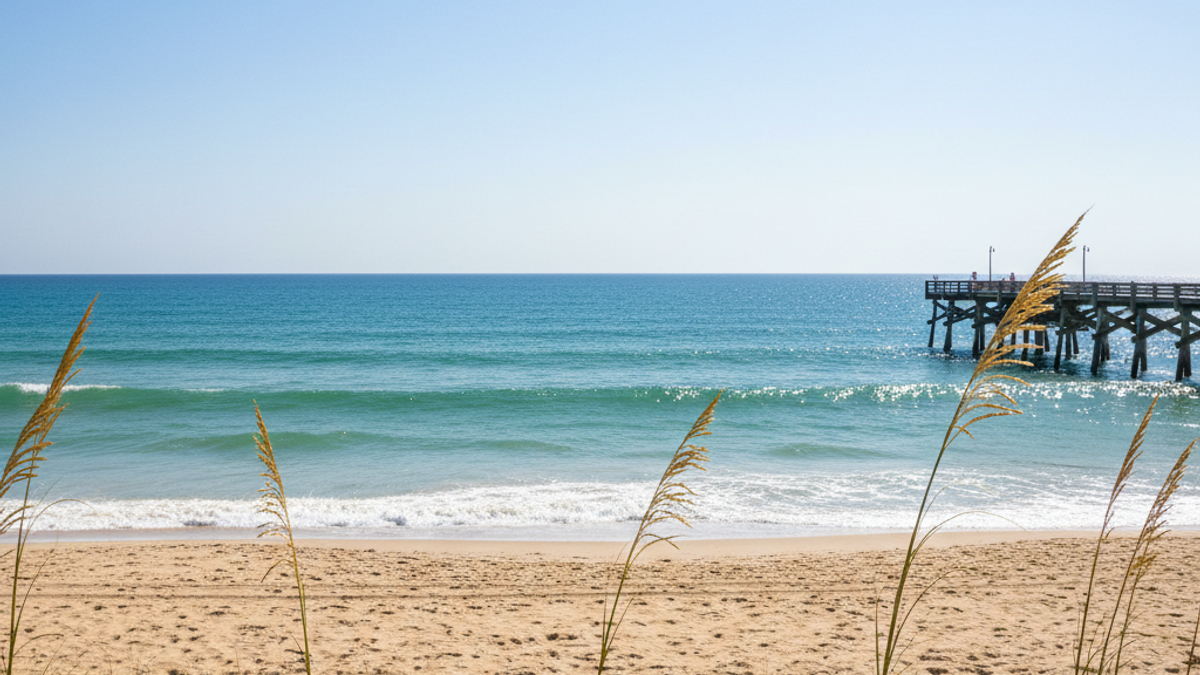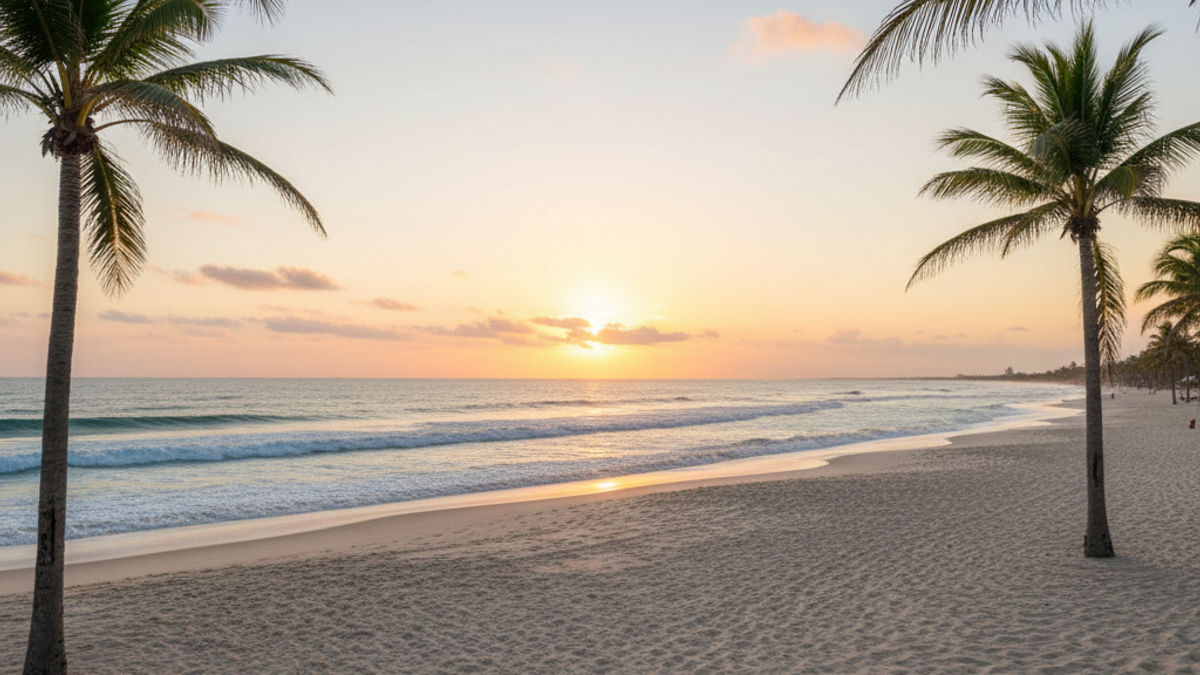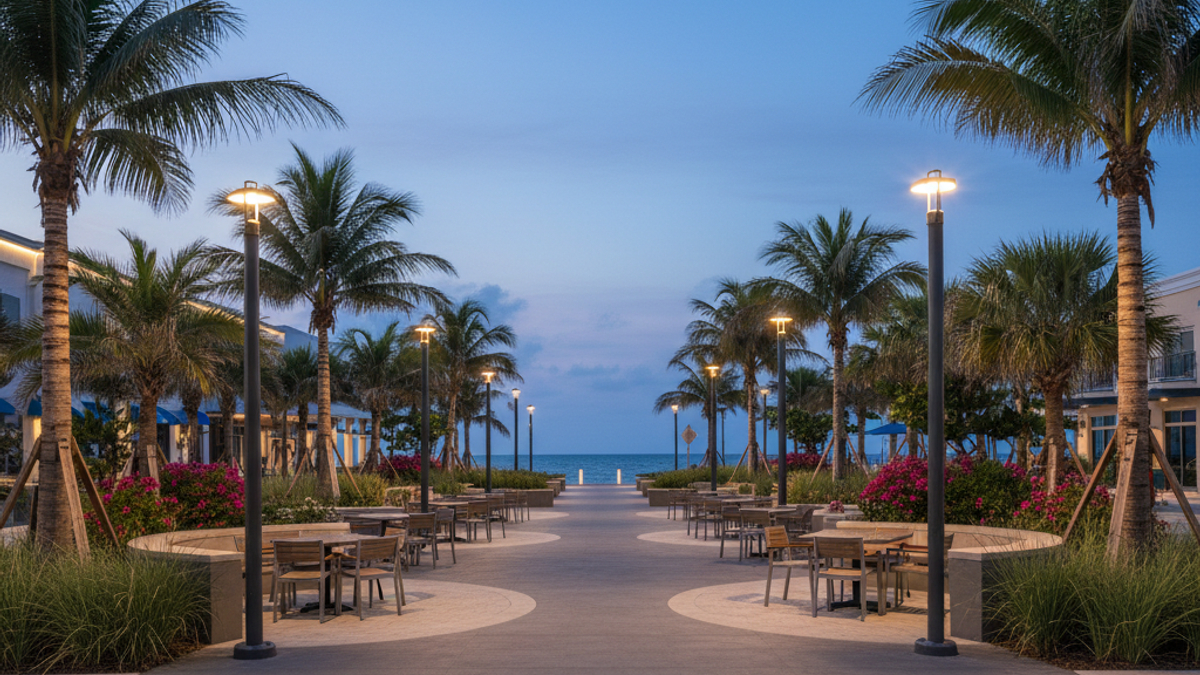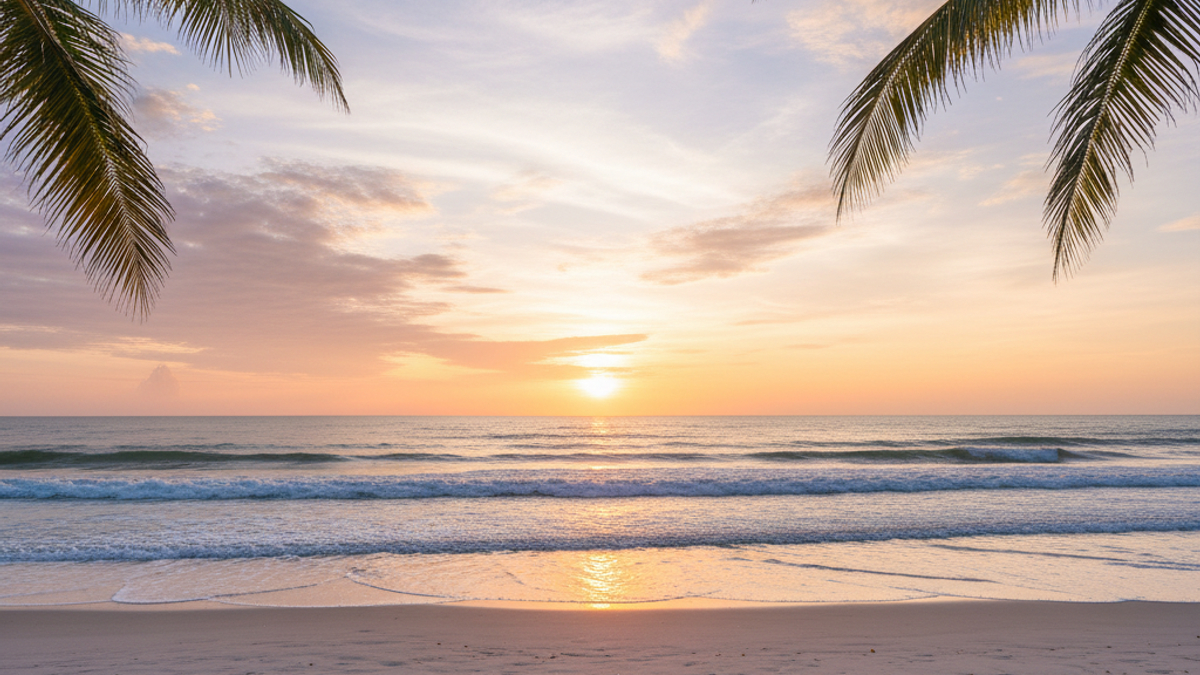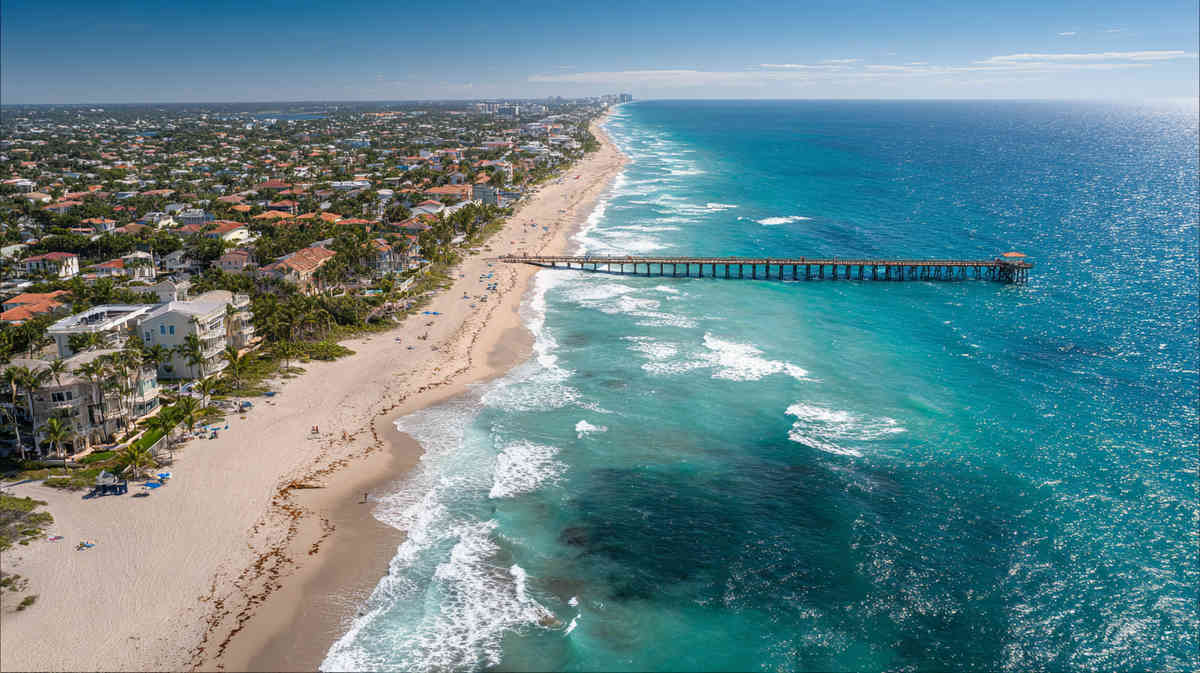So you keep hearing whispers about this sunny pocket just north of Fort Lauderdale. Pompano Beach. Before you sell all your winter coats, here are the fast facts. Roughly 112,000 people call the city home in 2025, a modest climb of about two percent since 2020. Median single-family prices hover near $515,000, condos sit close to $360,000, and months of inventory keep bouncing between three and four. Translation, buyers still outnumber sellers. Remote workers from colder states keep streaming in, local companies keep poaching talent from Miami, and yes, the beaches still look like a screensaver. Ready for the deeper dive? Let’s sift through the four things every would-be resident should know before moving to Pompano Beach.
The 2025 Real-Estate Pulse
Pompano’s housing market does not move in a straight line. It moves in mini-waves, more like the Atlantic breaking on the pier.
First, the numbers you actually care about. Single-family prices rose seven percent year-over-year, condos climbed 6.3, and new-construction townhomes came in just under $600 k. Most closings landed at 96 percent of list, so room for haggling is slim. Cash still rules about 40 percent of deals, a hangover from last year’s investor spree.
Second, inventory. You will see “three months of supply” in the headline stats, yet the true picture changes block by block. East of Federal Highway, inventory feels even tighter. Venture west toward Lyons Road, you get more single-story ranches and a touch more breathing room on price.
Third, seasonality. January through April is what locals half-jokingly call “multiple-offer season.” Snowbirds land, out-of-state buyers panic, and open houses look like sidewalk sales. July and August slow down, hot weather plus hurricane anxiety thins the crowd. If you can tolerate humidity, summer shopping often means fewer bidding wars.
Lastly, costs after closing. Windstorm insurance keeps inching up, and flood insurance got a fresh round of rate adjustments this year. Your lender will read you the riot act on elevation certificates, so budget an extra two to three grand up front for surveys and specialty inspections.
Bottom line, you can still snag value here, you just need timing, flexible search boundaries, and a lender who knows the coastal rulebook by heart.
Salty Air, Serious Flavor
People move to Pompano Beach thinking all they will do is sit on the sand. That fantasy lasts about two weekends, then real life kicks in and, surprise, it is pretty lively.
Start with food. Old-school seafood shacks line Atlantic Boulevard, but wander onto Dixie Highway on a Friday night and you will bump into food-truck rallies with Venezuelan arepas, Korean barbecue, and key-lime pie slushies in mason jars. Twice a month the city shuts down a chunk of the old downtown for an outdoor market, artisans on one side, live reggae on the other. You smell coconut incense and espresso at the same time, weirdly perfect.
Art is sneaky-big here. Bailey Contemporary Arts Center hosts open-studio nights where you can watch metal sculptors melt and twist steel right in front of you. Five minutes away, the Festival Marketplace is an air-conditioned labyrinth of vintage vinyl, handmade soaps, and undiscovered sneaker resellers. You get lost, you find a bargain, you call it a day.
Water culture? Take your pick. Free public snorkel reef 100 yards off the beach, paddleboard meet-ups at the Intracoastal, charter fishing boats chasing mahi at sunrise. Locals swear by the 954-Anglers Facebook group for spur-of-the-moment trips, so pack Dramamine.
Nightlife is more laid-back than Miami’s neon circus, yet you can still catch rising DJs at the outdoor amphitheater, then pivot to dive-bar karaoke till 2 a.m. If you crave bigger lights, Brightline rail drops you into downtown Fort Lauderdale in ten minutes flat.
All this is why residents talk about the “off-beach life.” The sand is only half the story, the rest is coffee roasters, vintage markets, and moonlit paddle sessions that nobody back home will believe are real.
Micro-Neighborhoods, Macro Personality
Picking the right zip code can feel like speed-dating. Each slice of Pompano Beach carries its own vibe, and prices jump accordingly.
East of U.S. 1, often called the Island section, you find low-rise condos staring straight at the ocean. These buildings from the seventies got major facelifts, fresh balconies, modern glass railings. Walkability is the hook here, grocery, brunch spots, and the new fishing pier all within flip-flop range. Expect smaller square footage, higher HOA fees, priceless sunrise views.
Head inland to Cresthaven or Old Pompano and you see mid-century ranch homes on larger lots. Many owners have popped on solar panels, hurricane-rated windows, new metal roofs. It is the laboratory for DIY remodelers. You will hear circular saws most Saturdays, a good sign that values keep climbing.
Then there is Palm Aire, the master-planned golf community just west of the Turnpike. Three nine-hole courses weave past condominium clusters and single-family cul-de-sacs. Some buyers come strictly for the fairways, others treat it as a shortcut to I-95. Either way, you trade a longer drive to the beach for extra closet space and mature shade trees.
Transportation matters, too. I-95 slices the city north-south, but locals swear by Powerline Road as a secret back route when the interstate looks like a parking lot. Tri-Rail stations sit five minutes from most neighborhoods, handy for commuters headed to West Palm or downtown Miami.
School choices run the gamut, from public magnets to charter campuses and a sprinkling of private academies. Dig into GreatSchools or niche review sites if curriculum specifics top your priority list. And do not forget community programs, the city’s Parks and Recreation arm offers everything from youth sailing to coding labs, pretty clutch for busy households.
The message here, tour at least three zones before you choose. Streets can transform after one traffic light, and so can price tags.
Weather, Wallets, and “What-If” Planning
Sunshine sells, yet nature still runs the show. Pompano Beach sits only five feet above sea level on average; flood-zone letters like X, AE, and VE suddenly matter the second you write an offer. Lenders now order elevation certificates automatically, so get familiar with that little PDF before closing day.
Hurricanes? The last major wind event to score a direct hit was Wilma back in 2005, yet storm prep remains a local sport. Home Depot aisles empty of plywood by June. You want impact-rated windows, a roof younger than 15 years, and a backup power plan if your Zoom meetings pay the bills. Portable generators are fine, whole-house systems earn bragging rights with neighbors.
Heat is a stealth expense. Air-conditioning units cycle nonstop from May through September, bumping electric bills above $300 for many single-family homes. Smart thermostats help, so does upgrading attic insulation. Factor utility costs into that monthly budget or risk sticker shock your first summer.
Commuting and gas prices? The city introduced a free electric shuttle called Circuit that loops beach visitors from the pier to downtown, cutting down on parking headaches. For longer hauls, Tri-Rail monthly passes sit at $110, cheaper than daily gridlock.
Employment wise, hospitality still anchors the local economy, yet logistics and aerospace firms at the nearby Executive Airport add high-salary gigs. Remote workers keep surfacing, lured by fiber internet and the ability to swap snow for palm trees without quitting their jobs.
Finally, future development. The Uptown Atlantic project broke ground this year, promising a dozen new restaurants, a boutique hotel, and more luxury rentals. Good news for entertainment seekers, less great for anyone hoping prices will drop soon. City planners also green-lit new bike lanes along Dixie, small win for cardio enthusiasts.
Put simply, paradise has a manual. Read it, budget for it, then enjoy every last technicolor sunset once you have your bases covered.
Ready to Move or Just Window-Shopping?
We covered a lot. You saw the numbers, felt the culture, toured the zip codes, and peeked at the what-if scenarios. The 2025 market still tilts toward sellers, yet timing and good intel can tip the scales your way. Life here is more than beach chairs; it is farmers markets, secret back roads, and hurricane shutters that click like seatbelts when storms flirt offshore. If that mix sounds like your next chapter, Pompano Beach is ready. Just bring curiosity, sunscreen, and a healthy respect for elevation certificates.
FAQs
How much income do I really need to buy a starter home in Pompano Beach?
Lenders in 2025 generally want your housing costs under 35 percent of gross monthly pay. With median condo payments around $2,600 including insurance, you are looking at a household income near $90,000. Variables like credit score and down-payment size can lower or raise that benchmark.
Do I need a car, or can I survive on bikes and rideshares?
You can live car-lite east of Federal Highway where grocery stores and the beach cluster together. Once you cross I-95, a car becomes pretty handy. Tri-Rail and Brightline cover long distances, but day-to-day errands still lean on four wheels.
What does flood insurance actually cost here?
If your home sits in a preferred zone, policies can run under $800 a year. In higher-risk AE or VE zones the premium jumps, sometimes past $3,000. Shopping multiple carriers and elevating mechanical systems can shave those numbers.
How competitive are rental prices for newcomers who want to test-drive the city?
One-bedroom apartments near the pier start around $2,000 per month. Inland units hover between $1,700 and $1,900. Expect stiff competition in winter and lighter demand during the August heat.
Is there still room for first-time investors, or has that ship sailed?
Duplexes west of Dixie Highway and older condos in need of upgrades still offer cash-flow potential, especially if you plan smart renovations. Cap rates are slimmer than five years ago, yet long-term appreciation plus vacation-rental possibilities keep the investment story alive.

